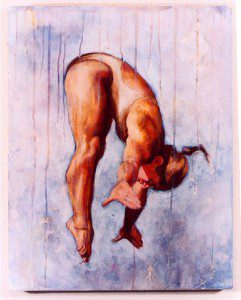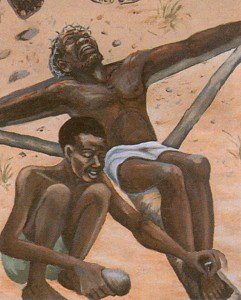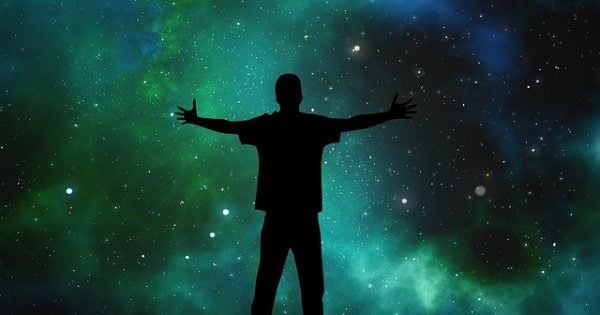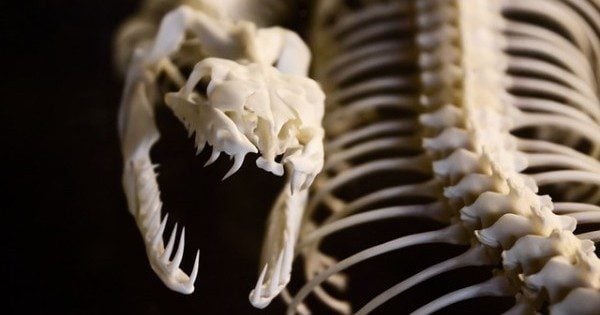So I am a progressive Christian, but I believe in the bodily resurrection.
Jesus rose up from the dead with a new body. His was not just a resuscitated body. He was not like Lazarus, whom Jesus called out from the tomb and to whom Jesus restored life. He was, so Paul claims, the “first-fruits” of the resurrection (1 Cor. 15:20). If we want to have a sense of what our resurrected bodies will be like, we can look to the gospels which narrate Jesus’ post-Easter life.
I no longer believe in the “inerrancy” of the Bible, but I do believe in the resurrection. It constitutes the heart and soul of the Christian story. It is the climax of the Nicene Creed: “we acknowledge one baptism for the forgiveness of sins, the resurrection of the dead and of the age to come.”
The resurrection story tells us that creation is indeed very good–good enough that it will not be finally cast aside. Creation is not

disposable. The resurrected body of Jesus tells us that the body is very good, beautiful, even. The body will not be finally brushed aside, either, but will receive its greater and more lasting beauty.
I concur with the theology of Jürgen Moltmann, who argued that the resurrection signals God’s ultimate affirmation of the world. Those who anticipate an apocalyptic destruction of creation underestimate both the beauty of creation and the covenant love of God. Apocalypticism has its place, to be sure. But we ought not lose sight of the Bible’s anticipated continuity from creation to new creation. For Moltmann, nothing of God’s good creation will be left out of the final eschatological resurrection event.
To stand on this claim is to turn away from the gnosticism of neo-Platonism, which crept into theology early on and which have shaped popular Christian understandings of the body and of “heaven.” Our imaginations of resurrection are too disembodied and too abstract. I don’t know that real “heaven tourism” would be that much different from, say, a splendid night in Paris, a weekend in the Grand Canyon, a trip to Beijing’s Forbidden City, or a hike in the Andes.
Granted, we are discussing things which we cannot possibly know. These are matters of faith and hope. Nonetheless, I trust God’s promise not to destroy the earth again, but to bring it to its full glory. I believe in the resurrection because creation is too good to be ‘left behind.” The new creation was inaugurated by a resurrected body–the body of Jesus. The resurrection matters because creation is good, and because bodies are beautiful.
Clarifying Note: By “bodies are beautiful,” I don’t mean “beauty” in the subjective valuing sense: such as, these bodies are beautiful

whereas those bodies are not. I mean to link beauty with God’s original declaration of creation’s goodness (God saw that it was all very good). So, bodies are declared good, beautiful even, by virtue of being graced into existence. Whether big or small, strong or weak, taut or soft, normally-abled or differently-abled, queer or straight, dark or pale, the resurrection affirms the inherent goodness of the body–as it affirms the goodness of all creation. By the way, the best thing I’ve read about the body is Nancy Eiseland’s The Disabled God, a work that challenges the way we think about the “normalcy” of bodies. My choice of art to illustrate this post (the “diver” painting by Steph Roberts) could be misleading in that respect. But the point of Steph’s painting is not to underscore “strong bodies,” but to explore the beauty of the tangible (flesh and bone) body when it collides with external forces (i.e. gravity).










